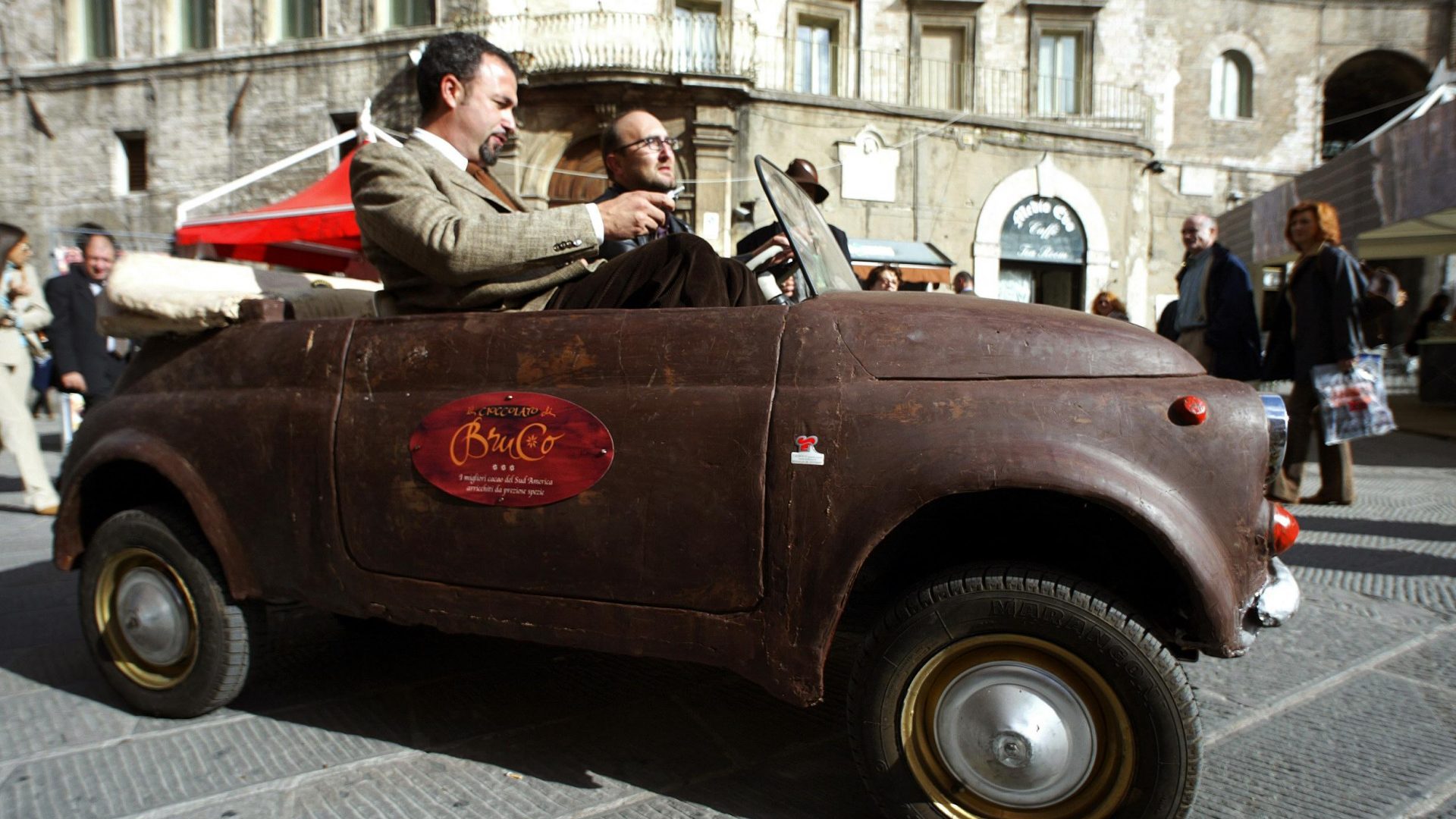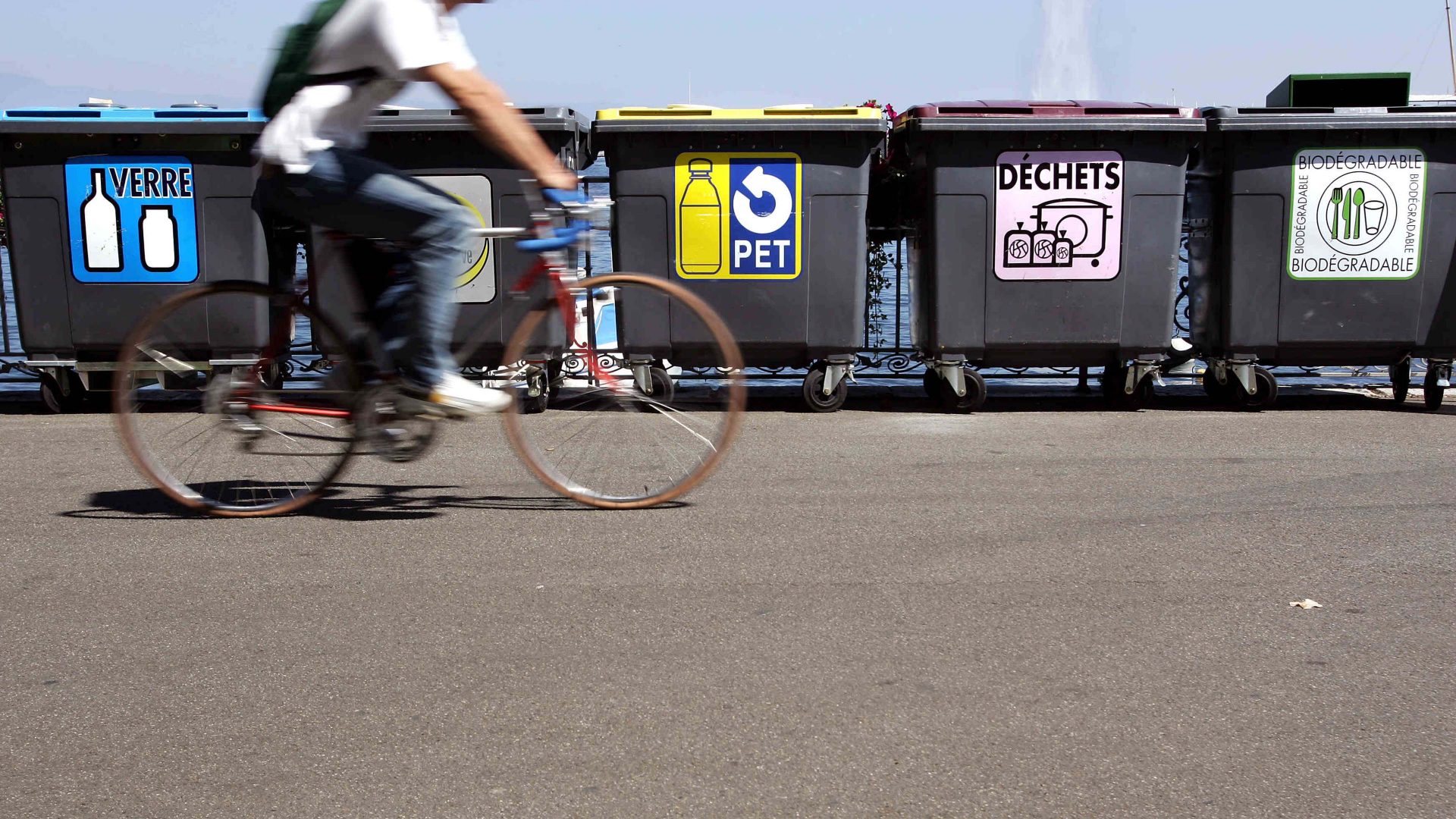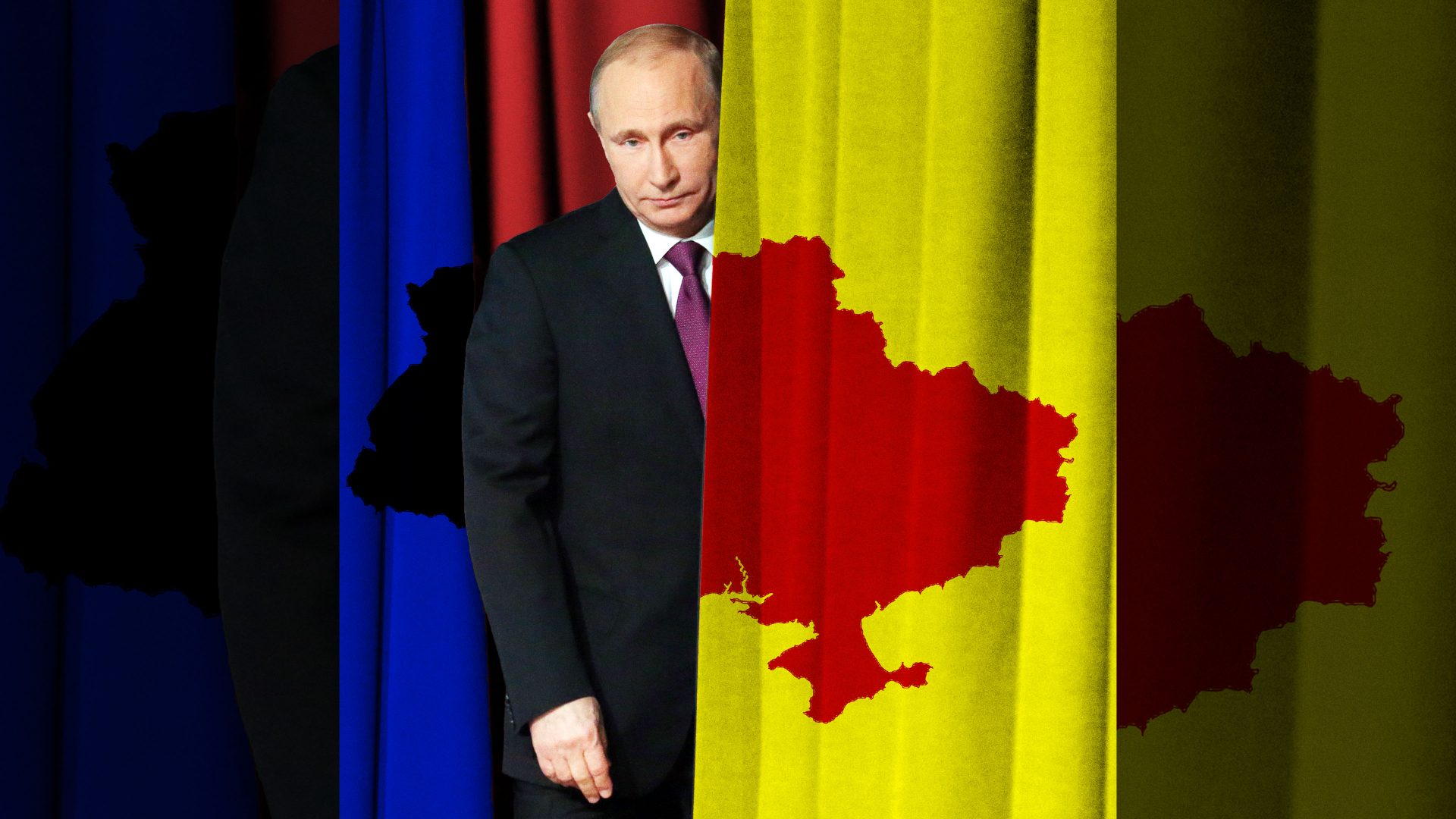When someone offers me chocolate they generally don’t need to ask twice. That was the case when I ventured to Perugia in mid-November to check out the city’s 31-year-old, 10-day-long Eurochocolate festival, one of the world’s largest chocolate-themed events.
Cobbled streets radiate out from Perugia’s Piazza IV Novembre, the city’s main square, and the view from the Carducci Gardens gives a beautiful panorama of Umbria’s rolling greenery. But down in the centre, the city was chock-a-block (sorry) with like-minded people.
Two parallel main roads in the centre of town were rammed with stalls selling the good stuff, and many of the smaller streets connecting them also had their share of stands. Piazza Italia was full to the brim with fans.
Lindt and the Perugia-based company Perugina, famous for its bitesize “Baci” chocolates, were a few internationally recognisable names of the 130 companies there. Slightly smaller ones included Bologna’s Fabbri, Bari’s Dulciar, and a few companies from Modica in Sicily. Even chocolate from as far away as Vietnam was being bought and sold.
There were several novelties, too. Chocolate handbags, fast food-shaped chocolate, a huge chocolate shoe, and a man dressed like Gene Wilder’s Willy Wonka, who was driving around in a car fashioned to look like it was made of chocolate. He handed out wrapped pieces of chocolate to cheering children as he cruised by.
The scene was like Glastonbury for chocoholics, and this guy was the headliner for the thousands of attendees present, myself included.
“Why is chocolate so important here?” I asked a worker at one of the three stands of a small, Perugian company named Be Well.
Of all the chocolatiers I had visited and got samples from (it would be rude not to), this brand was perhaps my favourite. They had many flavours, all equally robust, complex, and the chocolate itself was somewhere between velvety and creamy in texture.
“Because it just is,” she replied looking at me dumbfounded after handing me a piece of fruit and nut chocolate to try.
“I’ve always loved chocolate, and I don’t know if it’s because I’m from this province that I feel connected to it. It’s hard to say.”
She told me that, growing up, Baci was her go-to treat for when she needed a pick-me-up or something for a special occasion. It’s easy to grasp why: the harmonious, melt-in-the-mouth blend of cacao and hazelnut in the chocolate’s core would be enough to cheer anyone up.
The minute Perugian staple was created by local businesswoman Luisa Spagnoli in 1922, naming it firstly “cazzotto” (punch), before having it changed two years later to Baci (kisses). The entrepreneur also created a clothing chain carrying her moniker, which can be found across Italy.
“For me the chocolate here beats any other in Italy,” the woman, who introduces herself as Francesca, tells me proudly.
She leans in and whispers: “Also Ferrero in my opinion, which is delicious.”
I leave her to tend to another hungry customer, with a €30 hole in my purse. I walk downhill to the car, passing a chocolate hotel on the way out of the city named – perhaps a little unimaginatively – Chocohotel. I look up pictures online and notice that the headboards in the bedroom are styled to look like massive chocolate bars and that the breakfast buffet includes chocolate fountains.
If Umbria is hailed as the heart of Italy, then its capital, Perugia, is to its people at least the heart of all things chocolatey.
Jessica Lionnel is a freelance journalist based in Rome




